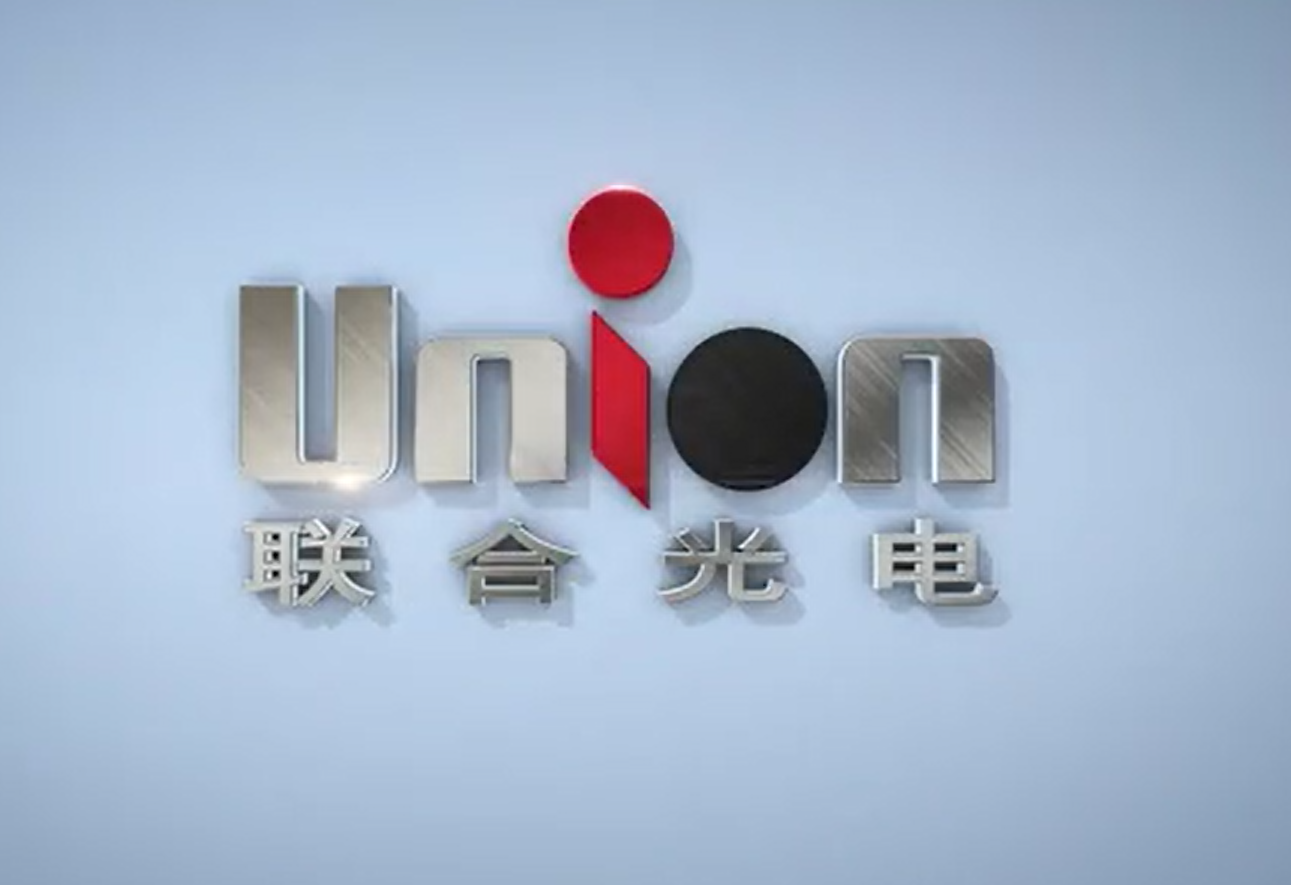Jingrui has started to mass produce KRF photoresists and deliver to client. It also sells g/I line photoresist as well as TFT photoresists. ARF photoresist still in development
on DingLong
They are producing display photoresist and packaging photoresist products for domestic customers. downstream customers have urgent need for import substitution and supply chain security. Company's display PSPI has pass validation of domestic display customers and is increasing volume
The packaging photoresist has been sent to customers for validation
More on Shanghai Sinyang
It's electric fluid & cleaning solution has been injected into SMIC.
It jointly built a ARF testing line with SMIC in Beijing and this line can only verify photoresist of Shanghai Sinyang. So, they are likely a major SMIC ARF photoresist going forward.
It now also has raw material tech & can enter field of raw material. It has built 3 500t KRF/ARF in a row to be complete by 2025.
on DingLong
They are producing display photoresist and packaging photoresist products for domestic customers. downstream customers have urgent need for import substitution and supply chain security. Company's display PSPI has pass validation of domestic display customers and is increasing volume
The packaging photoresist has been sent to customers for validation
Says that they have YPI product entering supply chain of mainstream domestic customers (BOE???)目前下游客户对进口替代及供应链安全需求非常迫切。目前公司显示用光刻胶(PSPI)已经通过国内主流显示客户验证,正在逐步放量
More on Shanghai Sinyang
It is YMTC's main KRF photoresist supplier, along with SiN etching solution & electroplating solution.1、上海新阳是沪硅产业和中芯国际股东,也是中芯北方创新中心和长存创新中心股东。
2、从2017开始研发krf和arf胶,白手起家,目前已成为长江存储王牌产品128层内存的krf厚膜光刻胶,氮化硅浊刻液和电渡液国内企业独供;中芯国际方面电渡液上海新阳独供,清洗液已打入中芯,arf光刻胶与中芯国际在北京共建产线,且该产线只允许验证上海新阳的光刻胶,正加快验证中,未来上海新阳大概率成为中芯光刻胶重要供应商。
3、目前上海新阳主要做光刻胶研发和调试服务,光刻胶树脂和中间体外购。根据2021年12月17日晚间公告,上海新阳披露与Heraeus(贺利氏科技集团)签署了《合作备忘录》,双方计划共同开发半导体行业用光刻胶产品及相关材料;合作期限自双方签署之日起3年。公司签署该协议旨在完善光刻胶供应链,为光刻胶项目的开展提供材料和技术保障。
4、新阳现在已有原材料技术,只要未来有必要,应是可随时切入原材料领域。目前国内有其他企业做树脂和中间体,产业链上下游分工,利润少一点,但各自可以更专注和专业。上海新阳近期连续新建三个500吨krf和arf项目,2022年底已建成1000吨产能,2025年合计高端光刻胶产能共1500吨。
It's electric fluid & cleaning solution has been injected into SMIC.
It jointly built a ARF testing line with SMIC in Beijing and this line can only verify photoresist of Shanghai Sinyang. So, they are likely a major SMIC ARF photoresist going forward.
It now also has raw material tech & can enter field of raw material. It has built 3 500t KRF/ARF in a row to be complete by 2025.



